Progressives know something they rarely say aloud: if the left—by which I narrowly mean the political project anchored by figures like Alexandria Ocasio-Cortez, Zohran Mamdani, Summer Lee, Bernie Sanders, and their allies and institutional networks—wants to meaningfully shape national politics, it must be ruthlessly strategic about where it invests its limited energy. For years, left-aligned groups have poured time, talent, and money into swing districts—trying to flip red-to-blue seats or elect populist champions in purple states. The impulse is understandable: winning on hostile terrain promises legitimacy, proof that left ideas can go mainstream.
Progressives have been playing away games when they should be fortifying home field. Safe Democratic districts aren’t consolation prizes; they’re launchpads. They’re where ideas get tested, organizers get trained, policy gets implemented, and new leaders get built. In an era of extreme polarization and limited institutional support, concentrating in these strongholds isn’t retreat; it’s sequencing. You don’t realign a party by winning over the center first. You do it by locking down your edge and pulling the center toward you.
Too often, these races follow a familiar script. Charismatic, inspiring candidates--praised by progressives--struggle to break through because their seats are structurally difficult to win, often simply due to the high number of registered Republican voters. Or, even if they do win, they find themselves boxed in, unable to govern as movement leaders or shift the party’s ideological center. The result: limited coattails, few enduring gains, and little infrastructure left behind.
Centrist Democrats are borrowing tools from sports analytics to assess political candidates with greater precision. In baseball, “Wins Above Replacement” (WAR) measures how much better a player is than a typical substitute. In basketball, Plus-Minus tracks how the team performs when a specific player is on the court. Both metrics look beyond raw stats to capture a player’s broader impact. By controlling for district partisanship, incumbency, demographics, and fundraising, analysts aim to identify candidates who consistently outperform expectations.
This framework is valuable for the social-democratic left. But for progressives, the "WAR" concept operates somewhat differently. While centrists measure candidate quality primarily by the ability to secure marginal swing districts, social democrats recognize that ideological effectiveness matters too. Leaders elected from reliably Democratic, strongly progressive districts--such as Alexandria Ocasio-Cortez (NY-14, D+19) and Greg Casar (TX-35, D+19)--provide a distinct ideological form of WAR. Their contribution isn't merely in winning individual congressional seats; rather, it’s their ability to fundamentally shift national policy conversations, energize previously marginalized constituencies, and recalibrate the Democratic Party’s center toward a governing vision of multiracial social democracy (Medicare for All, clean energy, anti-war policies, Big Tech reform, anti-authoritarianism, and shared economic prosperity).
Progressive lawmakers in safely blue districts face little threat from Republican challengers and operate with more independence from the pressures of the DCCC and its donor networks. This insulation allows them to maintain ideological clarity and advance bold policy agendas without constant recalibration for swing voters. While left-wing organizations often lack the financial muscle or institutional leverage of the party establishment, knocking out a Democratic incumbent in a secure blue district offers a rare advantage: the ability to project disproportionate ideological influence, shaping the broader political conversation in ways that most legislators cannot.
Ocasio-Cortez’s 2018 primary upset over Joe Crowley wasn’t just a symbolic victory. It was a strategic inflection point that launched the most effective left-wing political project of the decade. That single win enabled her to become not just a legislator, but a force multiplier: helping elect allies like Greg Casar, Summer Lee, and Mamdani; helping build independent political infrastructure across New York; brokering ambitious climate policy with the Biden administration; shaping national debates on immigration and inequality; and playing a pivotal role in electing the first socialist mayor of New York City—a metro region with a GDP larger than Canada’s.
Her rise—from a safe-seat primary challenger to a potential 2028 presidential contender—proves that ideological realignment doesn’t start in the middle. It starts at the edge, with disciplined investment in safe districts that function not as dead ends, but as launchpads. Figures like AOC, Mamdani, Pressley, and Jayapal have used these seats to grow new leadership pipelines, build lasting independent political infrastructure, and redefine the horizon of Democratic politics. This model doesn’t just win votes; it consolidates and coheres a bench, a base, and a future.
By contrast, progressives running in swing districts and purple states face considerable structural constraints that limit their ideological impact. Candidates like Dan Osborn in Nebraska exemplify this challenge. Though appealing and genuinely populist in outlook, Osborn adopts notably more moderate positions on policing, immigration, taxes, and health care, clearly distinguishing him from unabashed social democrats such as Bernie Sanders or Elizabeth Warren. Osborn has not endorsed Medicare for All or a Green New Deal. His pragmatic policy profile aligns more closely with the AFL-CIO oriented populism of Senator Sherrod Brown than Sanders or Warren’s ability to make the party reoriented toward their agitation. The moderation is perhaps necessary to remain competitive electorally, it inevitably reduces such candidates’ ideological influence and their ability to sustain powerful grassroots activism or shift broader national debates. Thus, their ideological "Wins Above Replacement"--their strategic ideological value--is inherently limited. While his campaign deserves support, the real question is whether left-wing progressive organizations—with their limited resources—should shoulder the largest burden, especially when the Democratic Party™ has exponentially greater reserves already being invested in those races.
The question isn’t whether purple seats matter. It’s whether the left’s limited resources and value-add in those contests actually moves the needle relative to what would happen anyway with party and donor muscle behind the scenes. If those seats are already prioritized institutionally, does progressive investment actually obtain ideological leverage of any kind?
This strategic distinction clarifies a crucial insight that progressives must internalize: not all electoral victories offer equal ideological returns. Although swing-seat Democrats are vital for numerical majorities, their risk-taking, ideological clarity, and leverage within the party remain limited. By contrast, progressives elected from safely Democratic districts deliver consistent ideological strength and influence. Such seats serve as critical force multipliers, establishing ideological clarity, securing key negotiating positions within the broader Democratic coalition, and creating conditions for transformative policies to become politically feasible.
Political science literature frames this clearly through what is known as the "junior partner dilemma," frequently observed in multiparty parliamentary democracies. Junior coalition partners, typically smaller, more ideological parties, must constantly balance pragmatic governance with maintaining ideological identity. Initially, junior parties gain significant policy influence by entering governing coalitions. But over time, ideological compromises blur their distinct political identity, confuse their voters, and erode their electoral support. The outcome often weakens their negotiating leverage and diminishes their long-term influence.
However, comparative politics reveals that junior partners gain substantial negotiating power when they have clearly defined leadership, coherent ideological platforms, and identifiable electoral bases that can be brought to party negotiations (for example: AOC brokering climate politics with the Biden administration as a representative of young people). Clear ideological branding and secure seats provide junior parties with greater leverage in negotiations with senior coalition partners, who tend toward pragmatism and moderation. By consolidating a coherent bloc of seats aligned with their core ideological principles, junior partners can influence policy without ideological dilution, maintaining strong electoral bases and clear voter identification.
Within the Democratic Party, the progressive faction faces a similar strategic dilemma. According to the Cook Political Report (2025), of the 94 House members in the Congressional Progressive Caucus (CPC), 89 represent deep blue districts rated D+5 or higher. Only a handful represent more competitive seats below that threshold, and those representatives all vote, to no surprise, in a less progressive manner than members of The Squad. This stark partisan and electoral math translates directly into legislative behavior. For example, the more red your district, the less progressive or populist votes you’re going to take. And the more secure your district is, the more likely you will buck the party establishment on some votes (the farther down you are in the graph the more likely you are to challenge your own party’s behavior, one key metric of realignment):
Historically, transformative political movements have consistently followed a similar pattern. Abolitionists, labor unions during the New Deal era, LGBTQ advocates, and environmentalists first built their strength and ideological coherence within politically secure regions--often in multiracial, working-class, and younger urban districts. These areas served as laboratories of policy innovation, constituency consolidation, demonstrating the voter depth, viability and effectiveness of ambitious policy ideas and creating foundations for broader political shifts nationally. Radical Republicans consolidated abolitionist strength in northern cities before moderate Abraham Lincoln expanded that coalition nationwide.
The Tea Party didn’t begin with broad national popularity. It built ideological coherence from within the safest Republican districts. Many of its most influential figures, especially those in the House Freedom Caucus, represent the deepest red seats with Cook PVI scores of R+18 or higher. These strongholds gave them the political freedom to champion radical ideas without fear of general election backlash. By focusing on primary challenges, they reshaped the Republican Party from within. Their ideas—once marginal—eventually became mainstream, laying the groundwork that Donald Trump would later scale nationally in the 2016 presidential primary. The Tea Party’s biggest leverage point was shaping the Republican primary electorate in deep red areas.
Centrists often frame the left’s strategic focus on safe Democratic districts as a quiet admission of failure. If progressive ideas can’t compete in swing districts, the logic goes, why should the Democratic Party take them seriously? It's a tidy argument–but a misleading one. The partisan or geographic origins of an idea say little about its long-term political viability. The reality is that bold agendas, whether from the left or the right, almost always begin in strongholds. Political transformation is rarely instantaneous. It moves through stages: incubation, demonstration, and diffusion. Safe seats offer the left not just shelter from backlash, but room to govern, test policies, bring new constituencies from margins into mainstream, and build infrastructural proof points. Universal preschool, tenant protections, paid family leave, and municipal Green New Deals didn’t gain traction by starting in purple districts. They started where progressive majorities already existed and then moved outward. That’s not retreat–that’s sequencing.
Prioritizing swing-seat battles without first establishing a durable ideological base and infrastructure is a classic case of putting the cart before the horse. Persuasion and coalition-building require proof of concept. The left needs to show—not just argue—that its leaders and policies work, and that requires starting from terrain where those policies can be implemented and defended.
There’s also a matter of measurement. In a party as ideologically sprawling as the Democratic coalition, power can be diffuse, performative, or symbolic. But real independent political power and influence–the kind that shapes policy and budgets–is counted in votes, caucus blocs, and governing coalitions. The growth of the Squad or Congressional Progressive Caucus, driven largely by primary victories in solidly blue districts, offers a simple but important metric: how many seats can reliably be counted in favor of a clearly ideological vision? This number matters–not just for messaging, but for whip counts, committee assignments, and the shape of legislative fights.
Given extremely limited resources, progressives should reconsider whether their best use of funds and energy involves replicating tasks--such as candidate recruitment, voter mobilization, and extensive fundraising--that the established Democratic Party apparatus already performs. As strategic analyst Richard Rumelt emphasizes, effective strategy involves making disciplined choices, carefully prioritizing certain objectives for maximum leverage while clearly setting aside others. Instead of replicating Democratic Party functions with limited ideological returns, progressive resources would yield far greater ideological influence by investing deeply in independent political power and safe districts, creating a clear, coherent ideological bloc that the broader party cannot easily ignore.
None of this is to say that progressives should ignore swing districts or abandon general election coalitions. The Democratic Party needs to win purple seats to govern nationally, and moderates will remain essential in that effort. But strategy is also about focus, leverage, and prioritization. Swing districts offer low ideological return on high investment. Blue seats, by contrast, deliver durable power: clear votes, unambiguous mandates when you defeat an incumbent, and room to govern without apology. Progressives should treat those seats the way any serious political faction would—with focus, discipline, and the understanding that realignment begins at the core before it moves to the margins.
The 2023 Gaza ceasefire resolution exemplifies this dynamic vividly. Blue-seat progressives used their secure electoral positions to advocate boldly, clearly defining progressive stances on controversial foreign policy issues. Swing-district Democrats largely refrained, wary of risk and political backlash. This underscores that relying primarily on purple-district populism is unlikely to generate the coherent ideological bloc or sustained political leverage necessary for transformative change.
Today, even liberal factions like the "Abundance" coalition--focusing on supply-side housing reforms and effective governance in blue states and cities--and the generational-change movement exemplified by Run for Something and youth activists like David Hogg, recognize this strategic imperative. These groups are responding to deep dissatisfaction among Democratic voters in blue districts and states by beginning to challenge entrenched incumbents, prioritizing generational turnover and ideological renewal, as exemplified by recent efforts to primary long-serving Democrats like Representative Jerry Nadler.
Yet in Nadler’s case, the primary challenger reflects a diluted imitation of genuine progressive insurgency, lacking serious ideological grounding or a coherent progressive policy vision. Given that others are actively contesting this crucial terrain--investing significant resources in primary challenges within safely Democratic districts--it would be strategically unwise and counterproductive for the broader progressive left to neglect it. Only through this disciplined and coherent ideological consolidation can ambitious progressive ideas become the new mainstream consensus nationally.
Ultimately, history, political science, and strategy frameworks all point in the same direction: progressives should prioritize consolidating ideological strength in safe Democratic districts. Success begets success. It’s a difficult case to make in an era dominated by philanthropic incentives and media narratives focused almost exclusively on defeating Trump and not challenging relationships of access with the Democratic Party establishment. But durable political power doesn’t come from chasing large donors or the news cycle. It comes from creating the conditions under which realignment can thrive. Throughout American history, transformative movements have succeeded by establishing ideological clarity, policy credibility, and negotiating leverage in politically secure territory. For today’s social democrats, that means consolidating real independent power.
Waleed Shahid is a progressive and Democratic strategist. Director of The Bloc. Former Justice Democrats spokesperson. Worked with Bernie, AOC, Jamaal Bowman, and Summer Lee. YNWA.
Waleed’s Substack is a reader-supported publication. To receive new posts and support my work, consider becoming a free or paid subscriber.

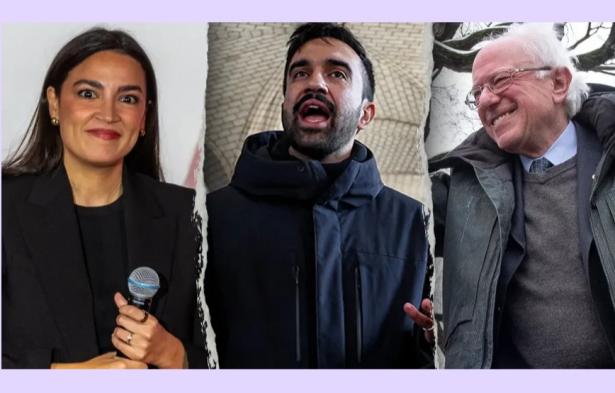


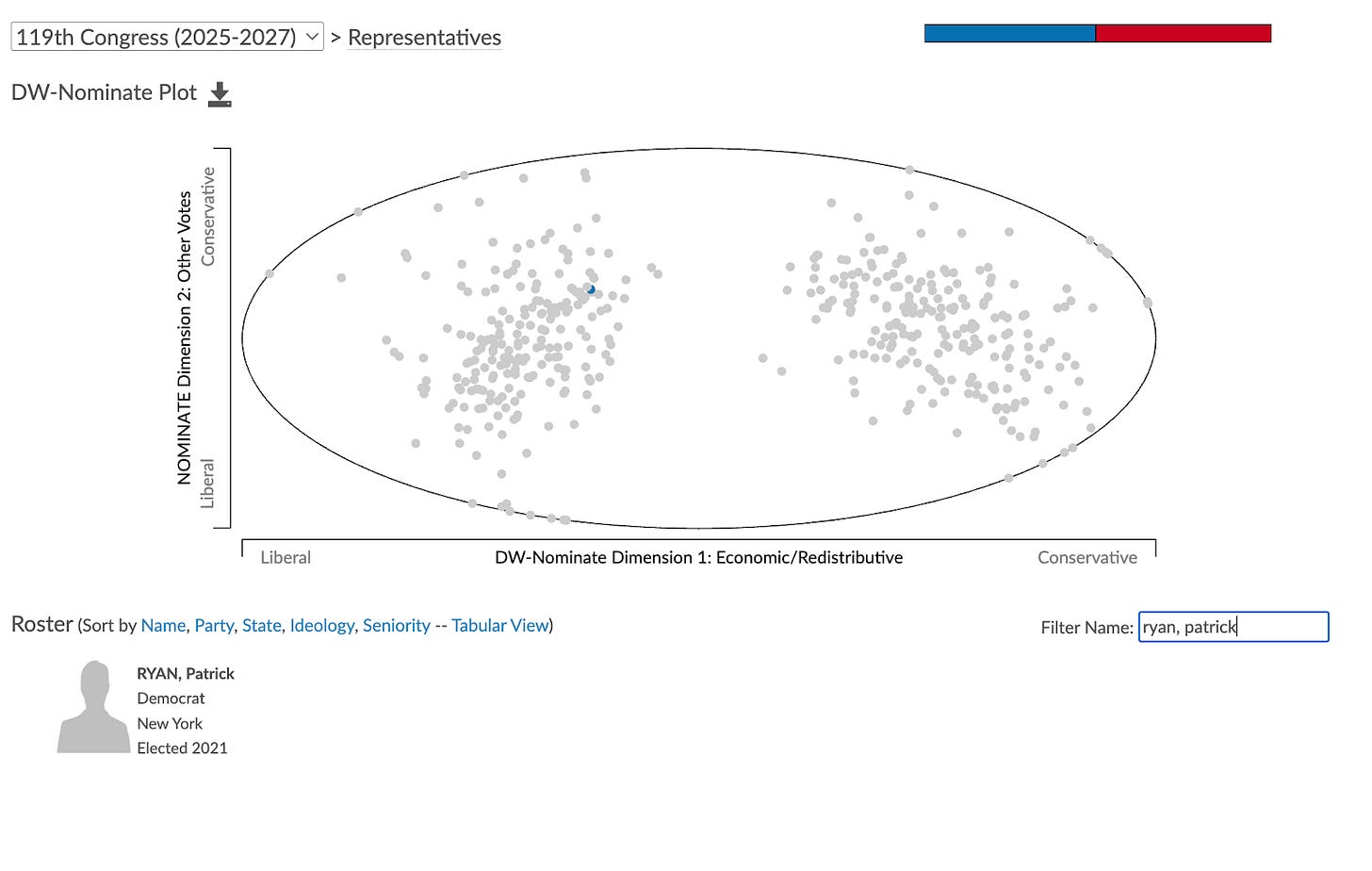
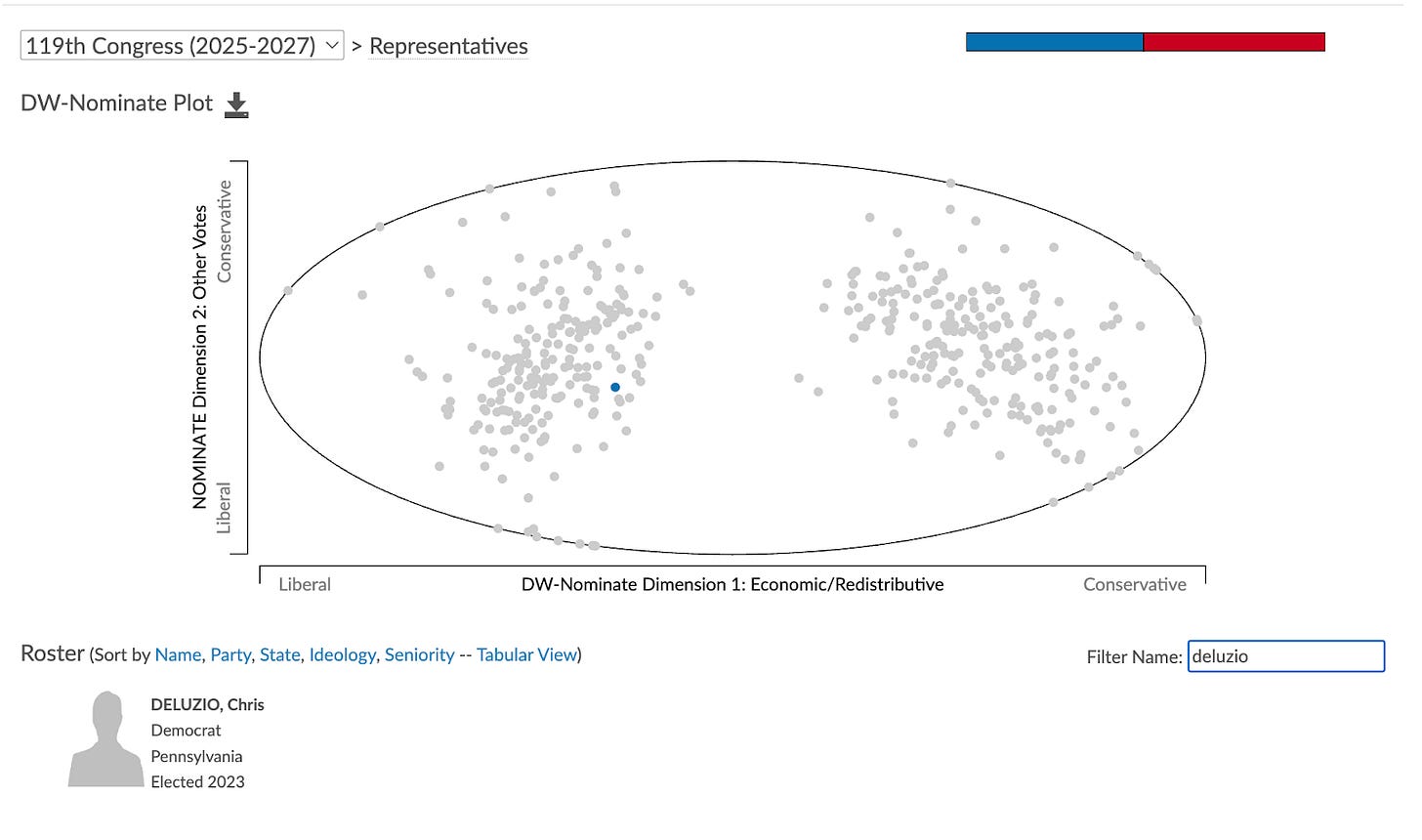
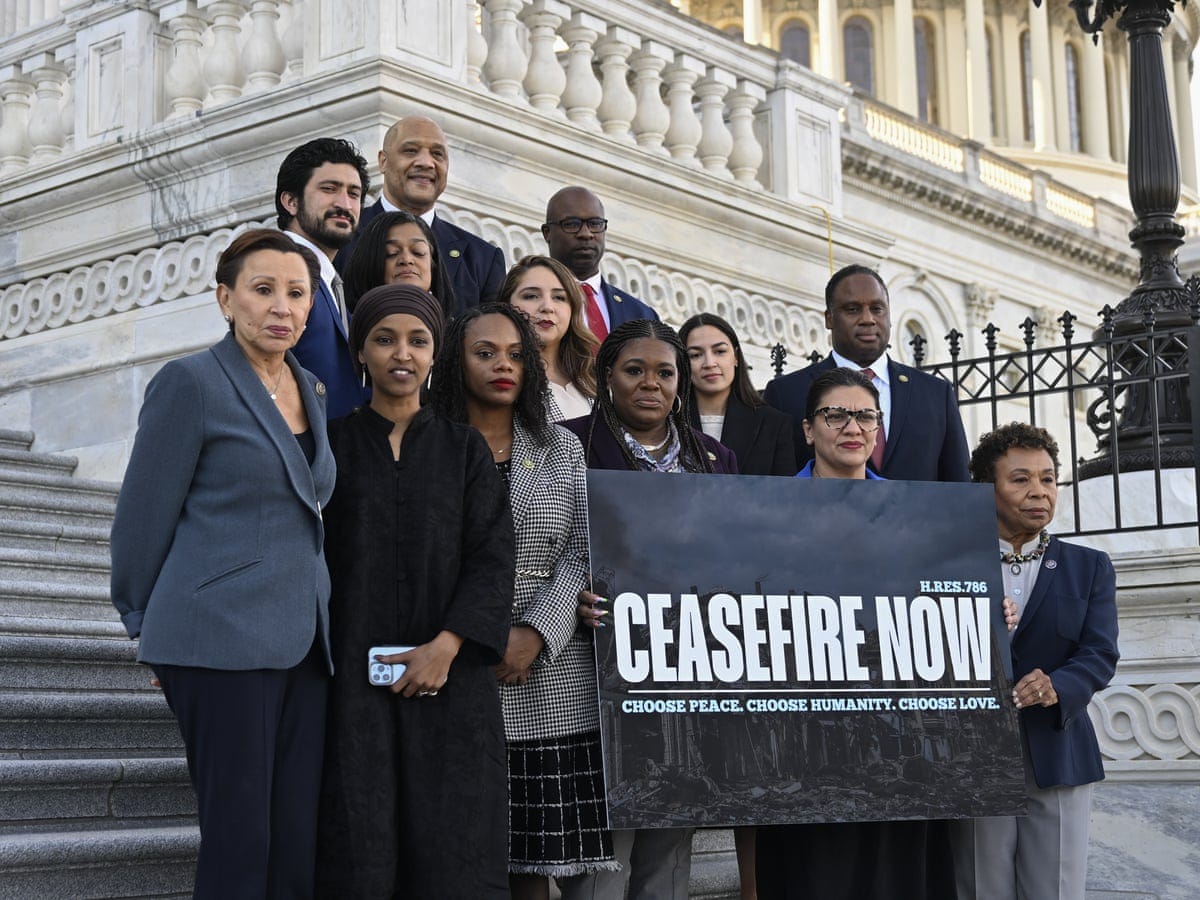
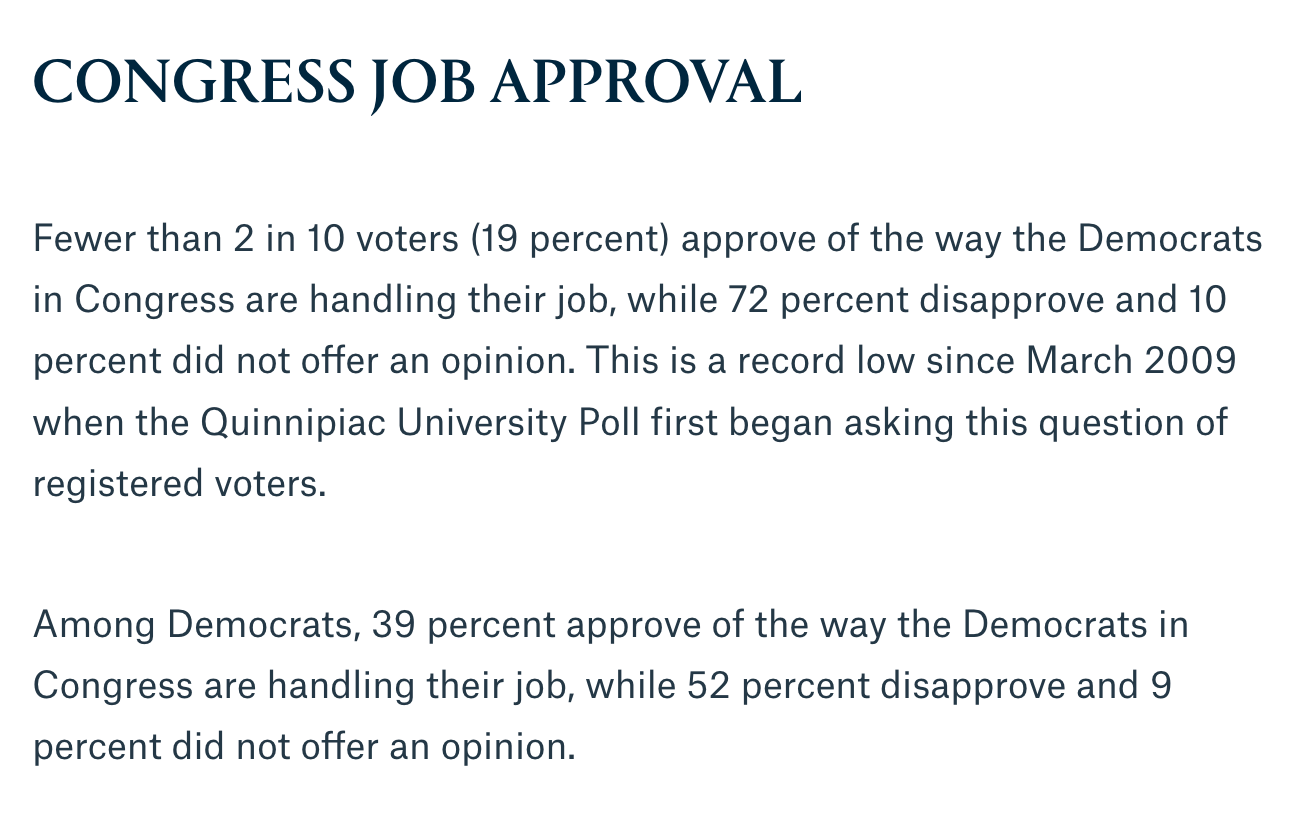
Spread the word